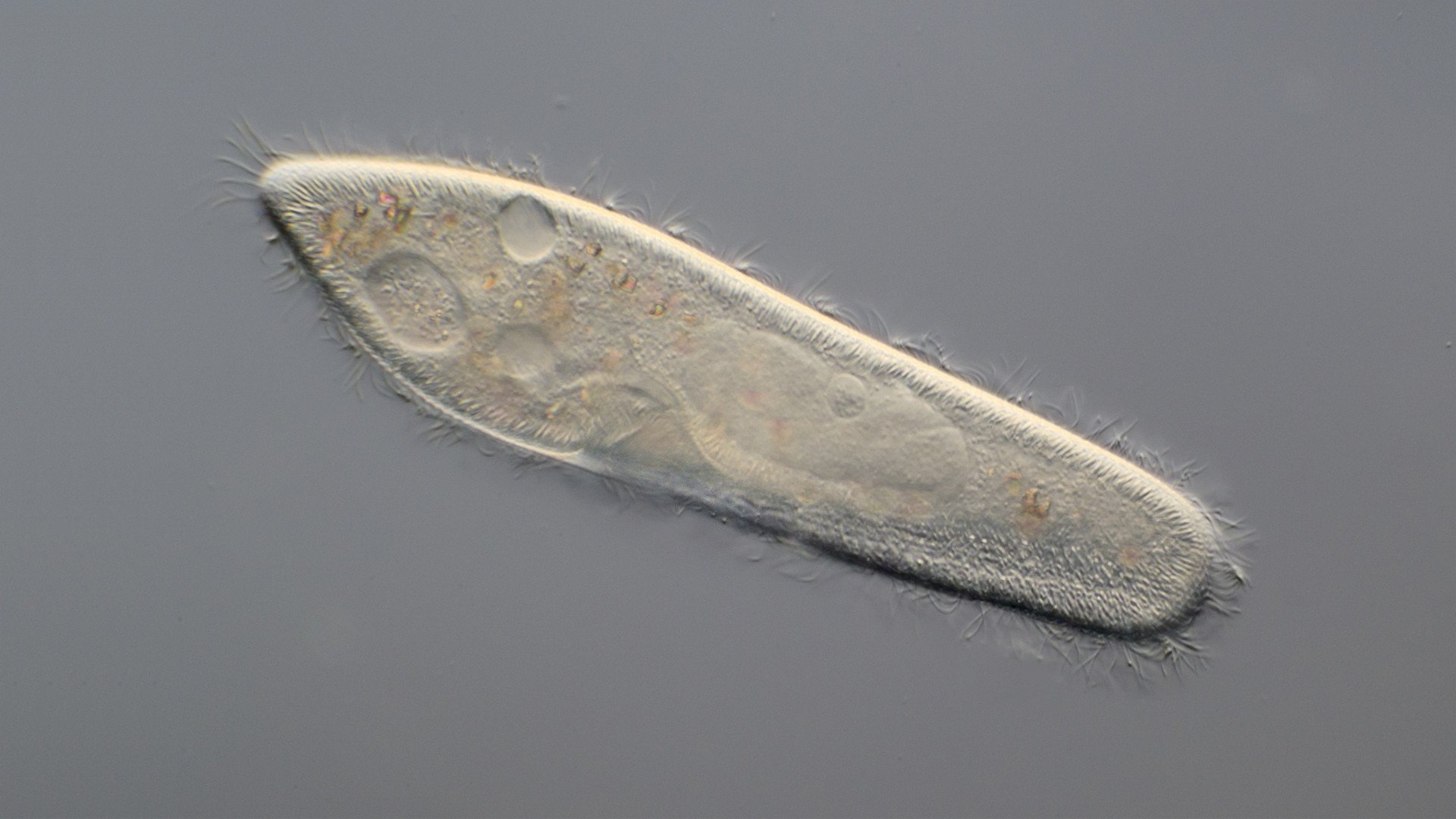Protists are a diverse group of unicellular eukaryotes. Previously protists were considered a taxonomic kingdom. However, since they don’t all share one common ancestor, the name is now used as a collective name for a rather diverse group of organisms.
Protists are a diverse group of unicellular eukaryotes. Previously protists were considered a taxonomic kingdom. However, since they don’t all share one common ancestor, the name is now used as a collective name for a rather diverse group of organisms.
Messy
The term ‘protist’ was previously applied to a group of mostly unicellular, non-tissue forming eukaryotic microbes, which did not belong to the plant, animal, or fungal kingdoms. Taxonomically speaking, this group is quite messy because it doesn’t form a so-called monophyletic clade. This means that they don’t all share one common ancestor the way plants, animals, and fungi do. So, protists are a collection of organisms scattered throughout the domain Eukarya. As a result, they are often more closely related to some plant, animals, or fungal species than they are to each other. Super obvious, right?
Subdivisions
Though modern genetic studies have led to extensive reorganization of this group, somewhat outdated subdivisions are often still referred to for the sake of clarity. These subdivisions -protozoa, protophyta, and molds- are based on morphological and ecological commonalities. Protozoa are primitive animal-like organisms (from the Greek protos which means ‘first’), including amoeba, ciliates (e.g. Paramecium) and sporozoans (e.g. the malaria pathogen Plasmodium). Protophyta are primitive algae-like organisms, including dinoflagellates (for example ‘sea sparkle’) and diatoms. The molds include water molds or oömycetes, and slime molds. Interestingly, and contrary to what their name would suggest, slime molds are not molds at all. Genetically they are more closely related to amoeba.
Vague but nonetheless important
Despite the somewhat confusing taxonomy of this group, many interesting protists exist. Some can be harmful, like Plasmodium, but most are indispensable to the ecosystem. They fulfill roles like oxygen production or environmental clean-up, and they consume organic matter and bacteria at the bottom of the food chain.
If you’re curious to meet a protist in real life come to Micropia and witness how a slime mold makes its way through a maze in search of food.

